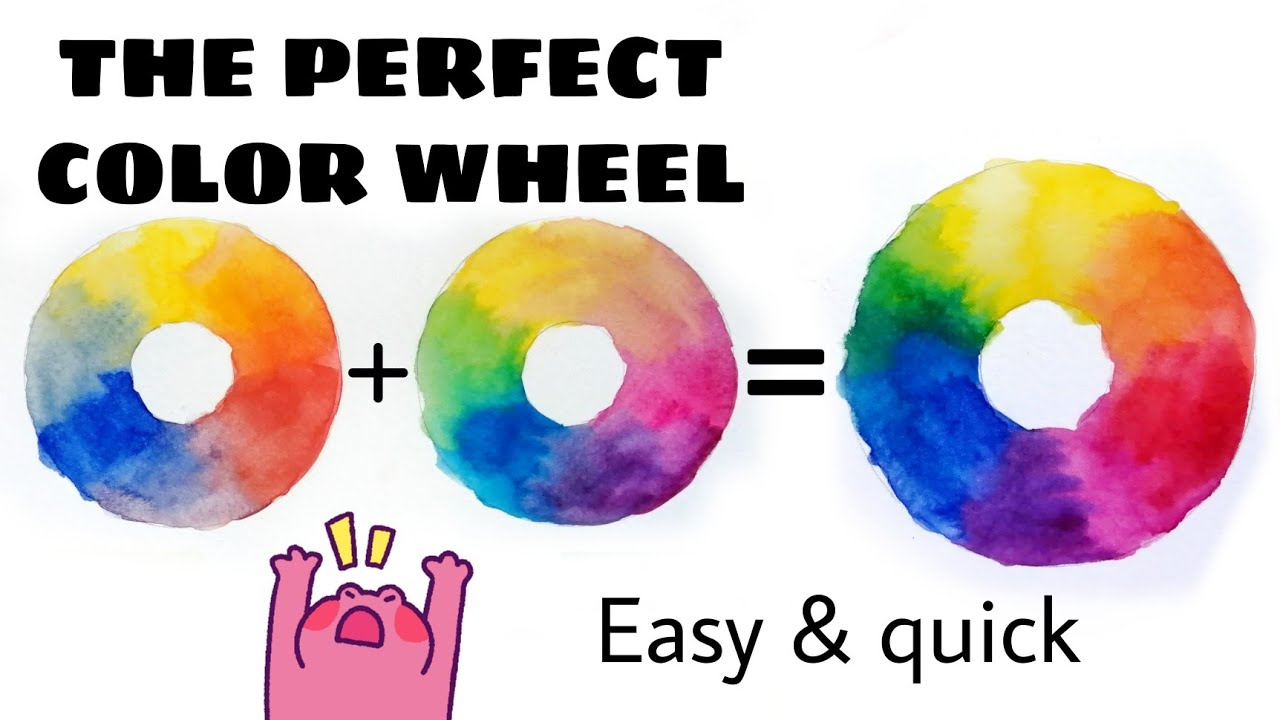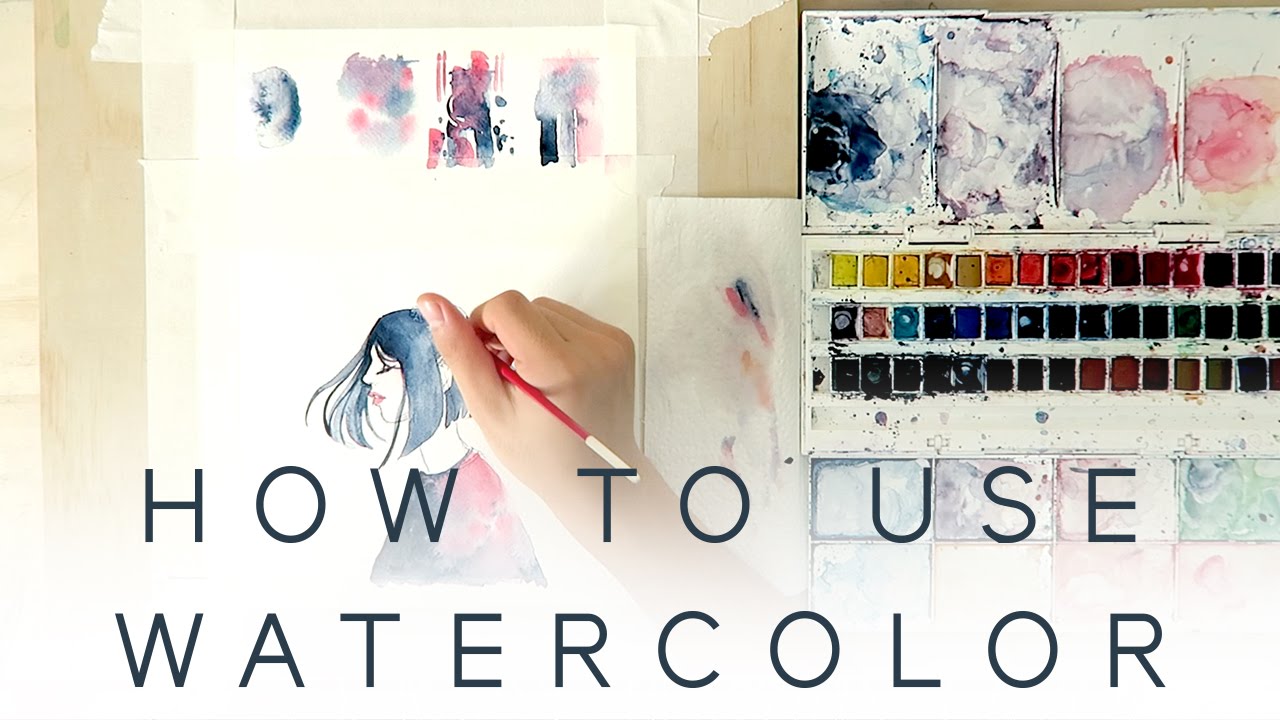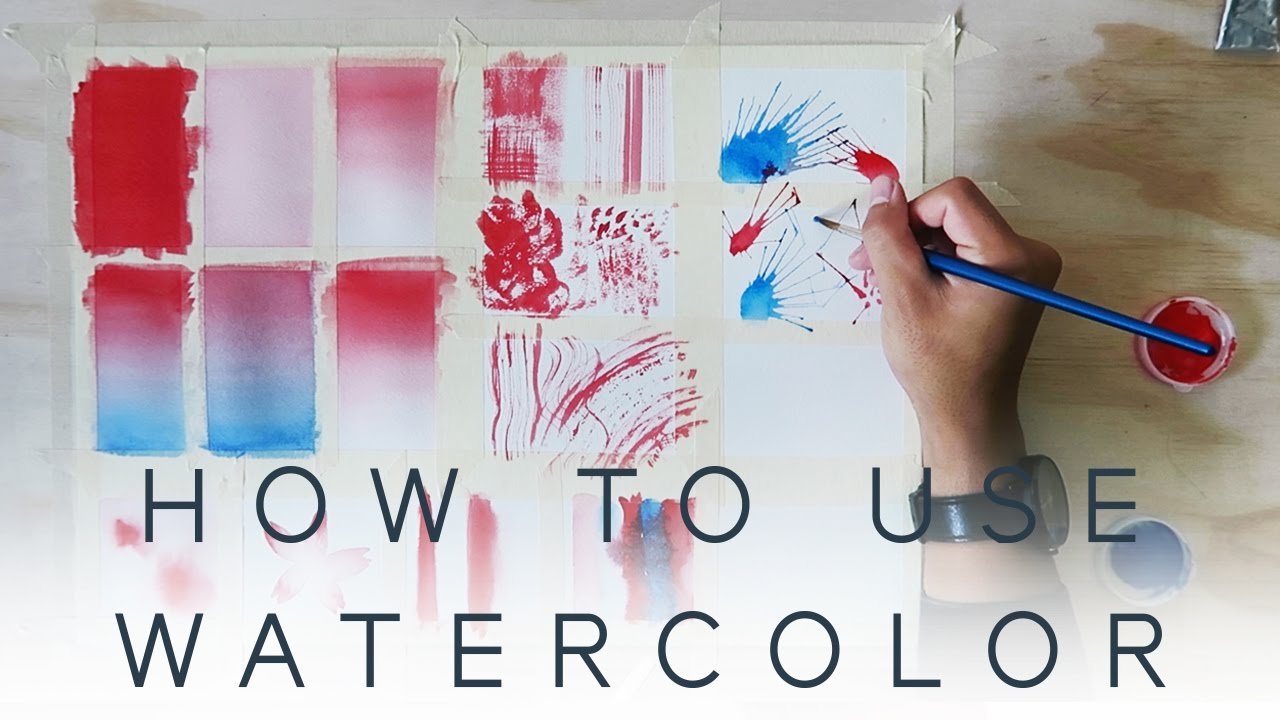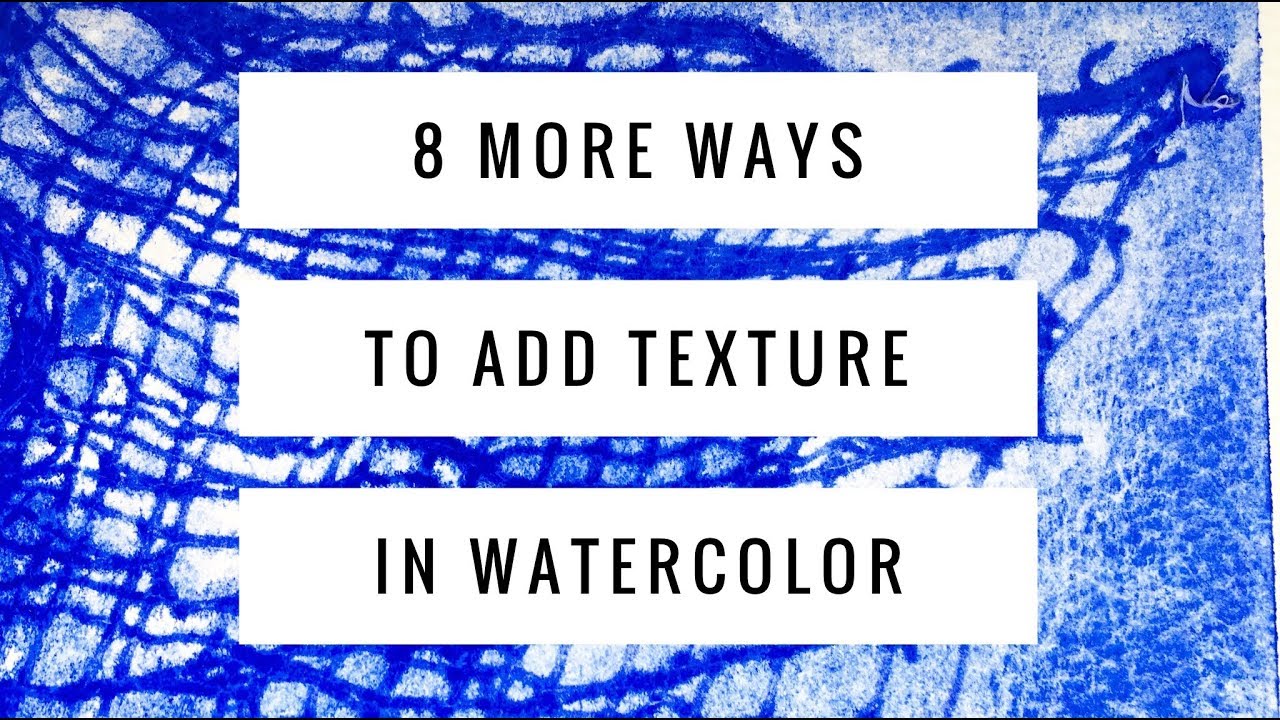Watercolour advice I wish I got sooner
If you're new to the incredible world of watercolours, there's a chance you may feel confused about how to get more comfortable with the medium. We've all been there, don't worry, I got you covered! Here I'll leave a few things and tips I wish I were told as a beginner watercolorist instead of having had to deal with frustration and avoidable mistakes.
And since I'm not very patient and my attention span has considerably decreased in the past few years (and yours, too don't lie to me), I'm going to stop yapping. Here are the tips:
I. What are the basic watercolor supplies I need?
You can go big and get a huge set of supplies but in reality all you need is: watercolor paints, a brush and watercolor paper. You obviously need some paints to do art with, a brush you're comfortable using and some paper that will take the water without breaking apart.
II. What is the best paper for watercolor painting?
The answer may surprise you but it's watercolour paper! Jokes aside, the best watercolour paper is one that's student or artist quality, acid free and thick enough it won't become wrinkly when wet. Ideally it should be 100% cotton unless you're already familiar with cellulose papers and enjoy those, I personally find both of them great for different techniques. Cotton paper allows you to work for longer periods of time without drying, so it's great for those who do a lot of blending or work with soaking wet papers, while cellulose paper is good for lifting techniques and preserves colour vibrancy with less paint layers. You can also find artist & student grade papers that mix cotton and cellulose and those are fantastic, too. Artist grade paper is more expensive while student grade is more affordable but still great quality, in any case I suggest you avoid cheap hobbyist papers or mixed media papers with little to no information about paper composition.
III. How do I choose watercolor brushes?
This is a very personal choice and it should come down to picking a brush you're comfortable working with. It doesn't matter if it's a waterbrush, a classic brush or a toothbrush... Well, that last one is questionable but some people paint masterpieces with strange tools. Anyway, make sure the brush you are going to use is nice to handle, it should be big enough to make wide strokes but pointy enough to make thinner lines and paint details so I suggest a standard round brush with a pointier tip in the number 6. The brush can have natural or synthetic bristles, whether you prefer one over the other depends on budget (natural bristle brushes are EXPENSIVE) and personal beliefs since those bristles come from animals.
IV. How do I mix watercolor paints?
AThe best way to mix paints when learning is to study some basic colour theory and learn about the split primary colours, from that you can go deeper and practice more complex mixes. There are fantastic videos out there about split primaries and secondary colour mixing but I'm obviously linking mine (even if YouTube is full of more aesthetically pleasing videos on this subject, mine are short, straight to the point and do the job).
V. What are the different watercolour painting techniques I can do?
There are a lot of techniques out there and many amazing videos that explain them way better than I could ever do in a blog post. In my opinion these videos by Kellogsloops offer a very comprehensive breakdown of watercolour techniques for beginners:
VI. How do I fix mistakes in watercolor painting?
You have two main ways: you cover it with gouache or you can lift the colour from the paper by gently scrubbing with your damp brush on the paper where mistakes were made, then dabbing a tissue to soak off the excess pigment. If the paint you used is not very staining (aka has low tinting strength like cerulean blue PB35 for example), then the lifting technique will be very satisfying and successful. If the paint used has a high tinting strength (like phthalo blue PB15 for example), I'm afraid you'll have to accept that mistake as happy accident.
VII. What are some beginner-friendly watercolor exercises?
I found that landscapes that require limited palettes and a lot of wet on wet techniques can be very forgiving and ideal for beginners who are just learning how to paint with watercolours.
However, it's your personal choice and you should be picking a subject you feel happy with and makes you feel good when painting. No matter the subject, I suggest you go for limited palettes first to avoid overwhelming yourself with unlimited colour choices (and to avoid weird colour combinations).
VIII. How do I create textures in watercolor painting?
I'll stop the unnecessary writing and leave you with two amazing videos by Oto Kano that are wonderfully explained and have great visuals, unlike this blog entry:
IX. What are some common watercolor painting mistakes to avoid?
I don't really believe in "watercolor" mistakes, I think it's all about technique preferences and result expectations. Of course you should learn the fundamentals but once you know those, you're free to bend them at your wish. The most common mistakes are, in my opinion, related to lack of colour theory knowledge which is not a "watercolour" exclusive mistake by itself, but rather an overall colour mixing deficiency that can be improved with time, studying and practice. A great example of this would be how many beginners darken their colours using black, which is something beginner acrylic painters or pencil artists may do as well.
X. How do I preserve white areas in watercolor painting?
Preserving white areas can be tricky, but fear not, there are several different ways you can do it! The most common way to preserve the white of the paper is using masking fluid. The thing below.

As you can see, masking fluid exists in a variety of shapes: you have liquid masking fluid in bottles for you to use with a brush (be careful and use an old brush since the fluid will ruin it), and masking fluid markers that are more precise but prone to clogging.
The second method is painting around the areas you want to be white, avoiding the areas you want to stay white. So this technique consists in preserving the white of the paper by drawing around the white areas. It requires precise and clean sketching.
Another method would be to use the lifting technique very quickly before the paint dries to lift and remove as much pigment as possible from the paper. This is useful when painting skies, you use a piece of paper tissue to lift the pigment amd create clouds.
There's also a great technique that doesn't require you to draw surgeon-level precise sketches nor ruin your brushes by dipping them into the masking fluid. You can paint the white areas with white gouache, white acrylic paint or white ink. Easy peasy.
XI. How do I properly clean and maintain watercolor brushes?
It's important to be as gentle as possible when rinsing your brushes in the water jar while painting, don't let them sit upside down in the water for too long or the bristles will get damaged. Always rinse them well after every use and if necessary, use a bit of neutral soap to clean the brush. Make sure it's dry before storing the brush in a case, this is very important in humid climates because mold grows everywhere. If you notice the brush loses its original shape, wash it well, shape it with your fingers and make it roll on top of a soap bar or gentle cover the brush in gum arabic to create a protective layer that will maintain the brush shape and bristle integrity. These are the most basic tips on brush maintenance, some manufacturers and artisans offer special soap for brushes and brush cleaner devices if you're interested.
And that's all, I hope you enjoy these tips and find some useful information you can incorporate in your art sessions.
Happy painting!






